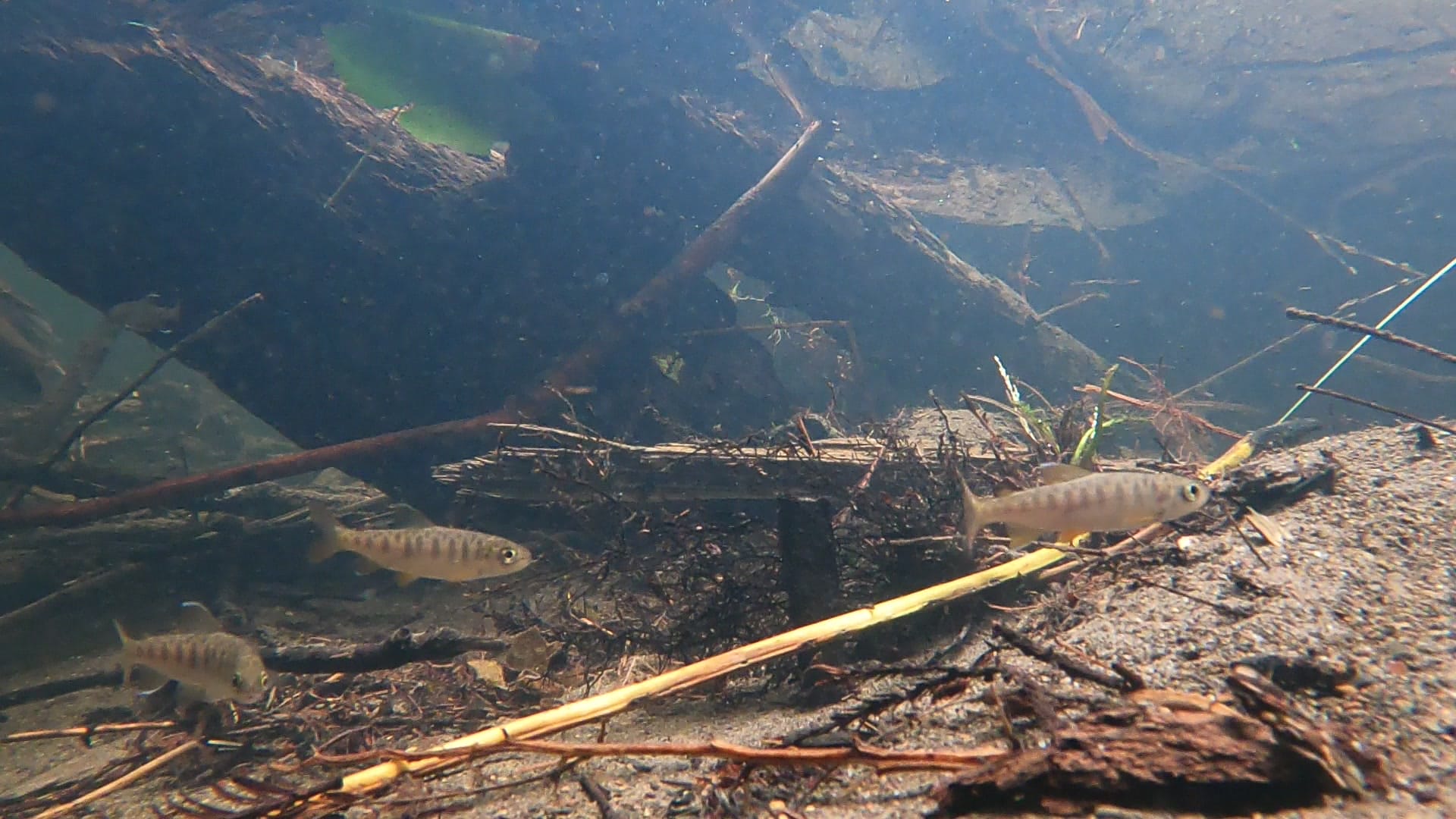Trout Unlimited and The Nature Conservancy partner with Foundry Spatial to build an online tool to protect summer stream flows
During the heat of summer, endangered salmon and steelhead in California’s North Coast streams face a fundamental problem: There often isn’t enough cold water to support fragile populations of juvenile fish.
Flows in these coastal streams naturally get very low during California’s annual summer and fall dry seasons. Under historical conditions, that’s fine – native salmon and steelhead evolved in this landscape, and young fish usually know how to find low-flow refugia where they can survive and thrive.
But, in recent years, there often hasn’t been enough water to provide that needed refugia.
A combination of climate change shifting precipitation patterns, disconnected floodplains unable to recharge groundwater, and extensive water withdrawals for irrigation and communities have meant that stream flows slow to a trickle and the water gets too hot for young fish to survive.
In the worst droughts, critical fish habitat can dry up completely.

The California Water Program
For nearly two decades, Trout Unlimited’s Water Program has been working hard to identify sources of water and protect and restore critical stream flows for native fish and local communities. One obvious solution to this problem is storing water during wet seasons for use during the subsequent dry seasons. However, California’s cumbersome water rights system makes the process onerous.
TU partners with regional Resource Conservation Districts and state water agencies to build storage tanks and ponds that let landowners collect and store water in the winter when it is plentiful instead of pumping water from streams during the height of summer when there is less to go around.
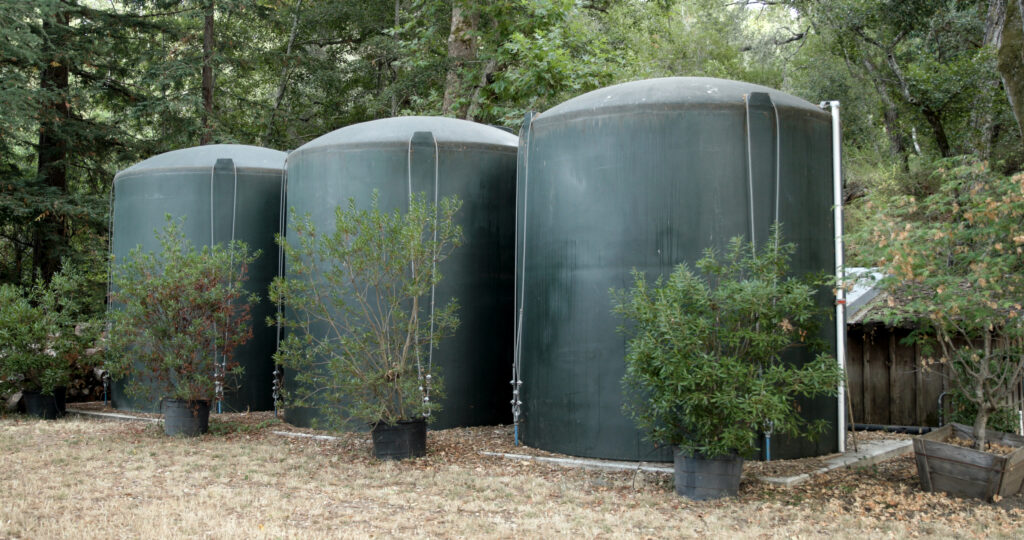
One of the major challenges for this important work is the amount of time and resources required to prepare the new water right applications. To facilitate the long regulatory process, TU’s Water Program staff provide legal and technical support for landowners who are interested in changing their water rights and conducting the required water availability analysis.
Now, a new online tool promises to expand and accelerate this effort.
California North Coast Water Availability Tool
Over the last four years, TU worked with The Nature Conservancy (TNC) and Foundry Spatial, a Canadian technology company, to build a new online tool that draws on shared water data and management resources. This will help identify available water and streamline the regulatory process to efficiently enable projects that shift water to when it is most needed for struggling populations of steelhead and coho salmon.
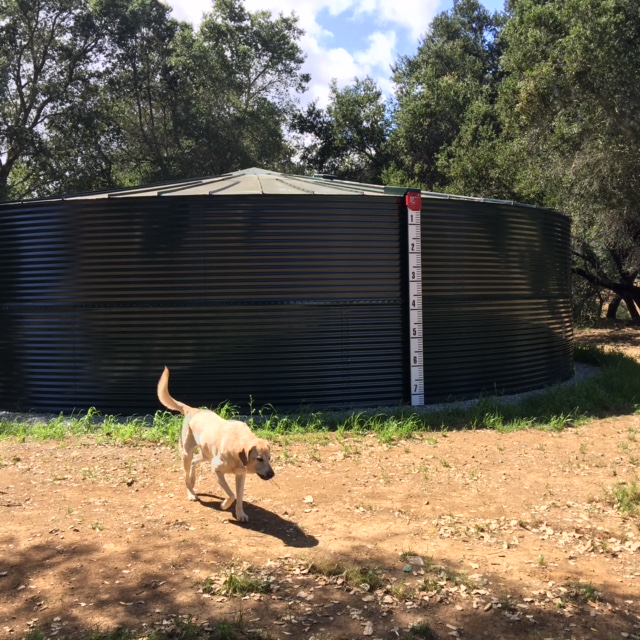
The work was supported with funding provided by the California Wildlife Conservation Board’s Streamflow Enhancement Program and TNC. It builds on similar water availability tools Foundry Spatial has developed for the provinces of Alberta and British Columbia.
The new California North Coast Water Availability Tool (CWAT) launched in late May.
“Honestly, I think this is one of the most important projects I’ve worked on at TU,” explains Mia van Docto, TU’s California Water Program director.
“In coastal California, the water fish need is often there for the taking if we can overcome the technical and legal barriers to accessing it, and our expertise navigating that process is one of the strengths TU brings to the collaboration with our partners.
“The California North Coast Water Availability Tool is going to allow us to greatly expand our ability to find available water, restore stream flows and provide critical benefits for fish and communities when they need it most.”
Finding water and saving money
To collect and store water in the winter when flows are relatively abundant, farmers and other water users need to get new water rights from the California State Water Board.
To apply for those new water rights, the landowner needs to be able to show there is water legally available in the stream.
Proving water is available requires running a sophisticated hydrologic model that uses detailed precipitation data to estimate how much flow is typically in the stream during the winter months, then integrates those flow predictions with data from the state’s water rights records to show how much of that flow is already allocated to existing water rights and fisheries needs. Once that work is done, they can determine whether there is winter water available for the new proposed storage right.
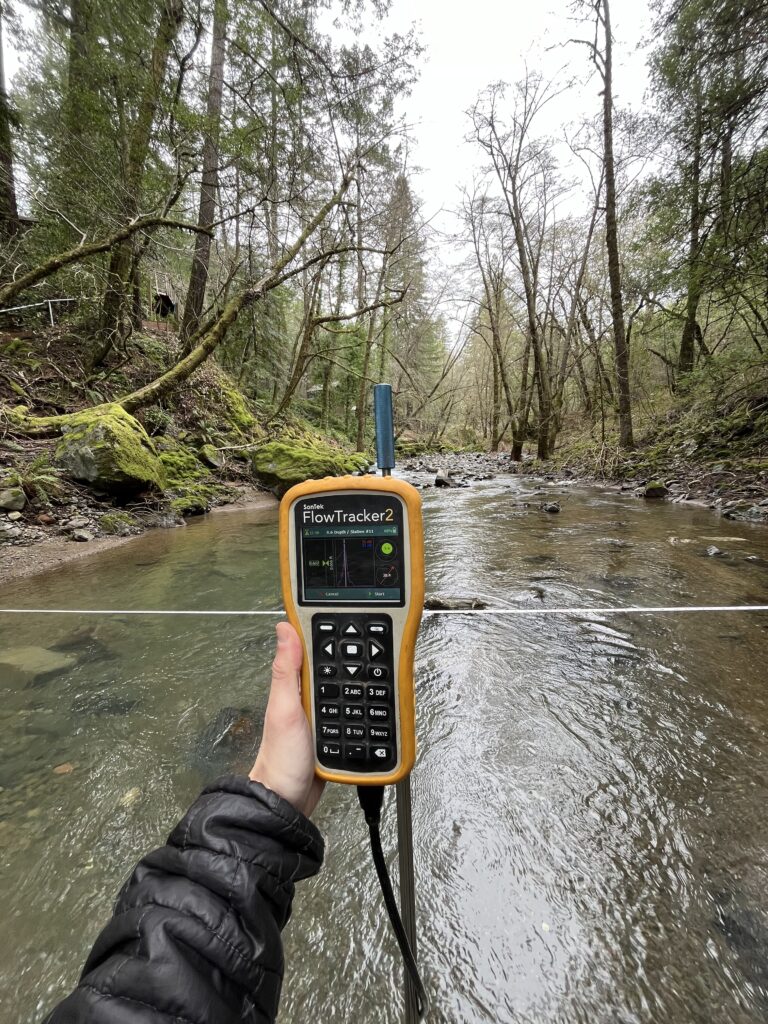
In North and Central Coast watersheds, the answer is almost always some version of “yes,” but proving that is a technical task that typically requires hiring expensive consultants. That cost creates a financial barrier that prevents many projects from even getting started.
It is difficult to plan for a farm’s water needs when you can’t even be certain how much water is available to work with. And nobody wants to invest a bunch of money to find out how much water might be available, only to find out that it’s not enough to make a storage project viable.
The CWAT simplifies the process by enabling laypeople with no technical background to generate a water availability analysis using a simple online interface. The complex modeling process has been streamlined and automated, and the underlying data organized in advance, so that all a user needs to do is click the desired location of the potential water transfer project on a map and enter a few parameters.

The tool will provide a detailed daily report of how much water is available during the specified time period. The modeling has all been done using the approved methods the California State Water Board uses to analyze proposed water rights, so the CWAT provides a very accurate picture of how likely it is that the Board will approve a new water right.
By removing the technical and financial barriers to getting the original water availability analysis, the CWAT will make it much easier to plan projects that improve summer streamflow on California North Coast streams. With very little effort, users can get a quick and accurate idea of how much water they can probably get a right to divert and store during the winter, and they can easily compare different scenarios for doing so.
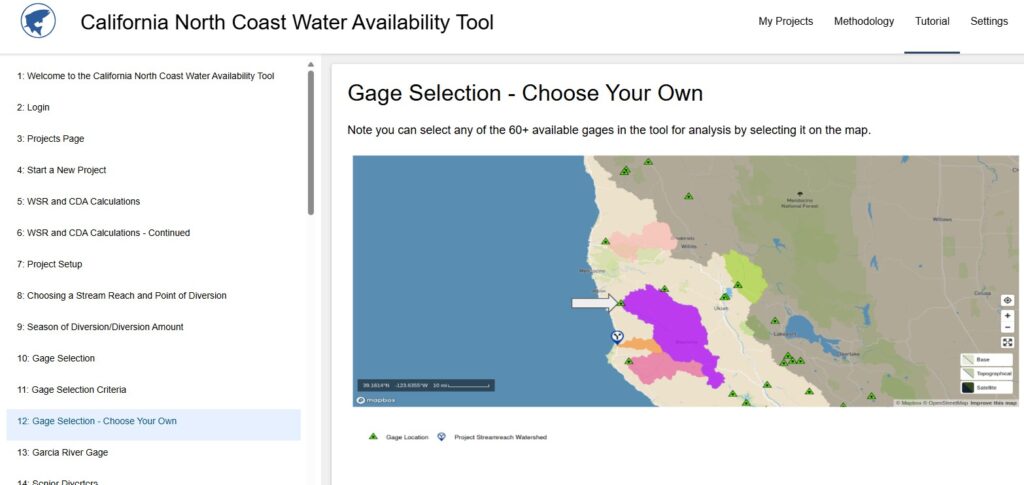
“We expect the CWAT will help generate a larger volume of proposed seasonal water diversion projects throughout coastal watersheds and dramatically reduce the time and cost it takes to develop and file applications for new water rights associated with winter water storage,” explains Matt Clifford, TU’s California State director. “In the end, it means local communities will have stable, reliable water supplies and young wild coho and steelhead will have the cold, clean water they need to survive during the summer.



